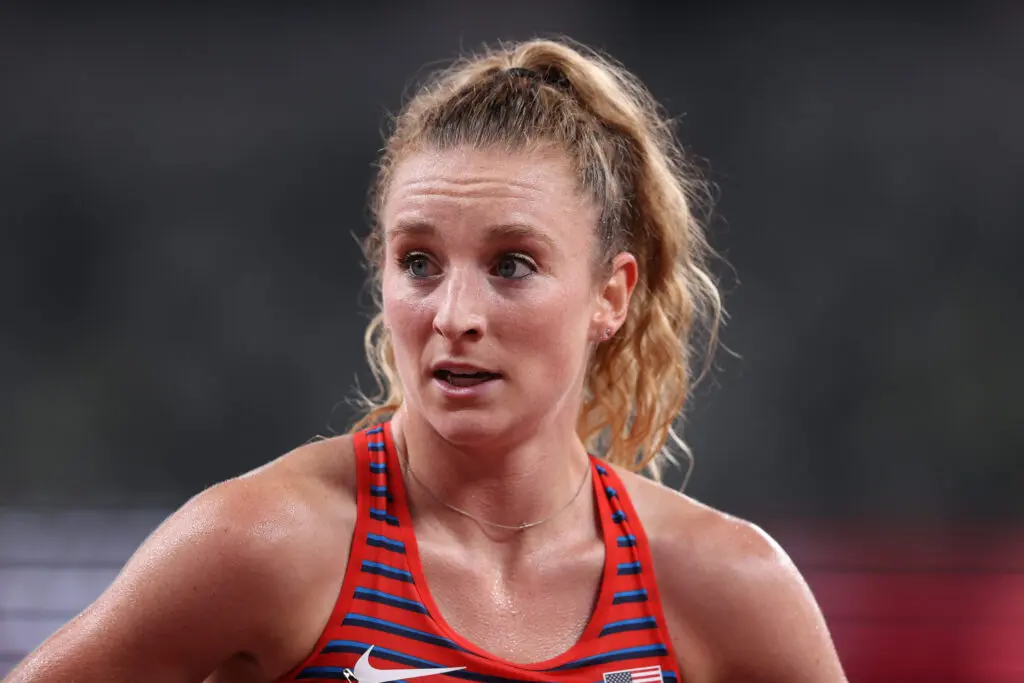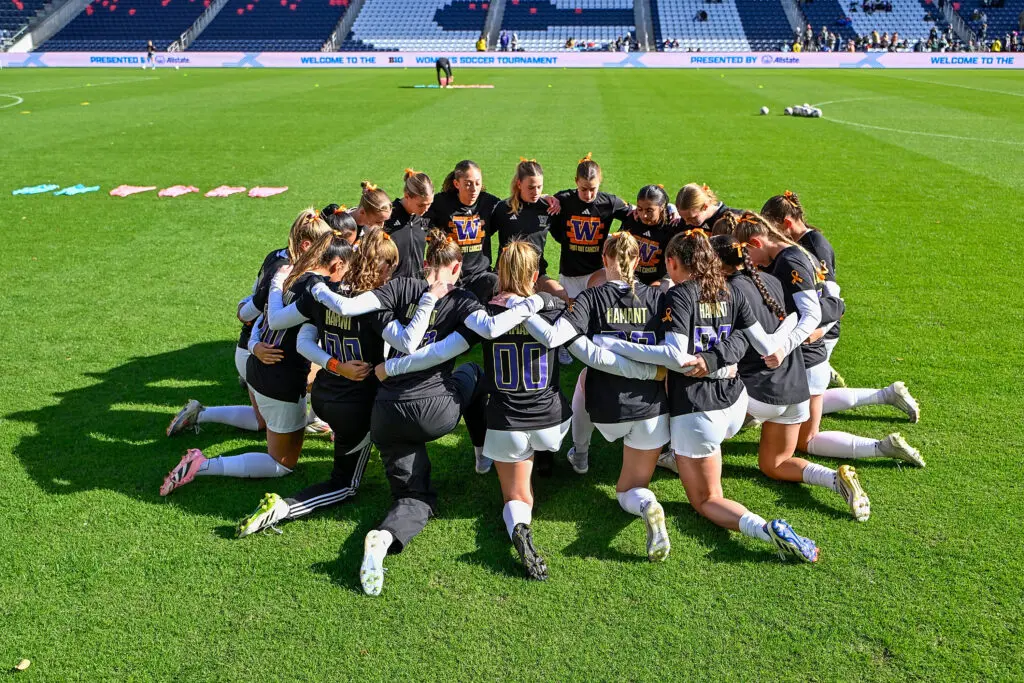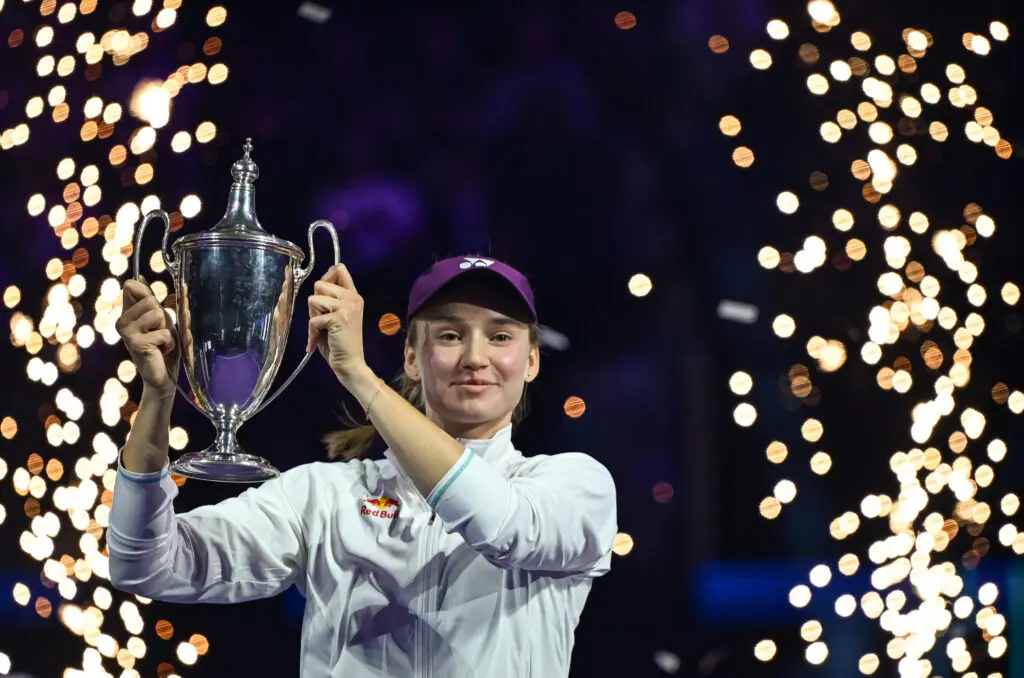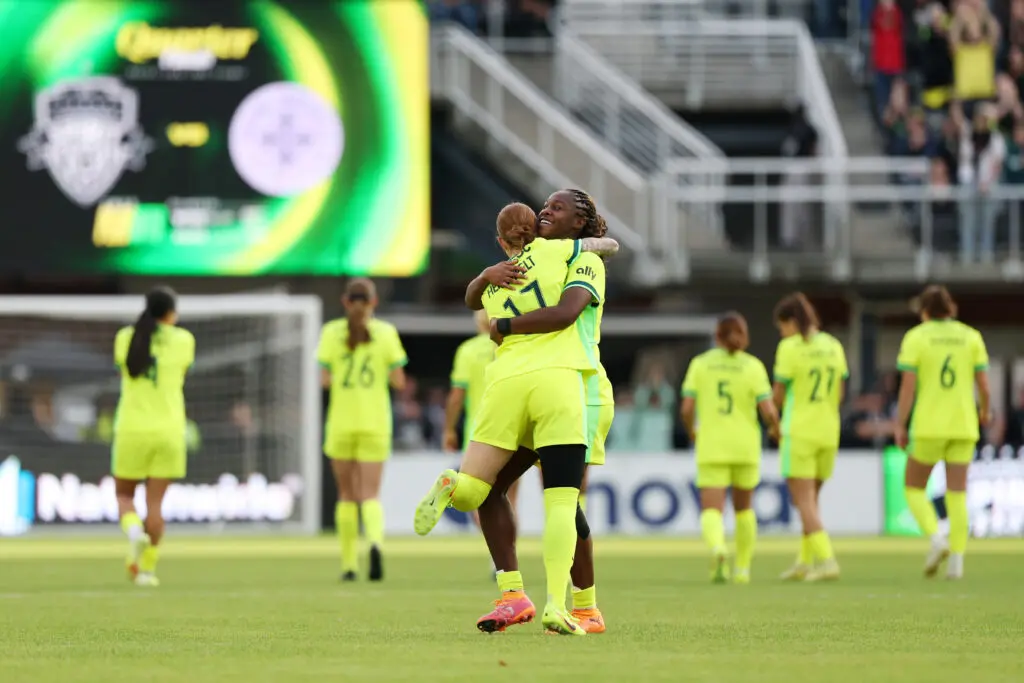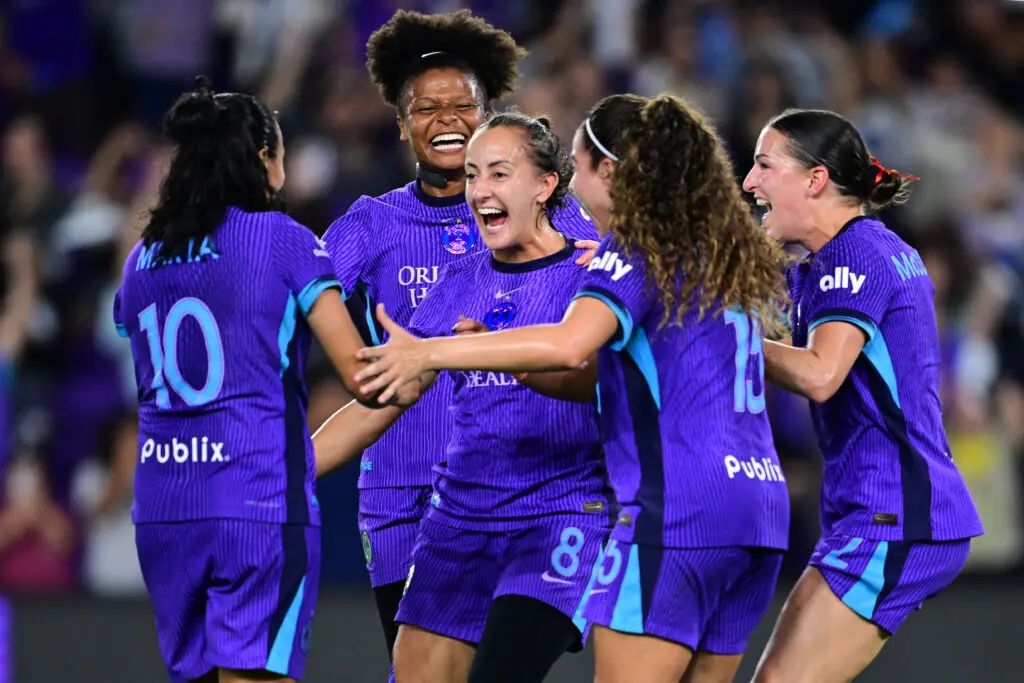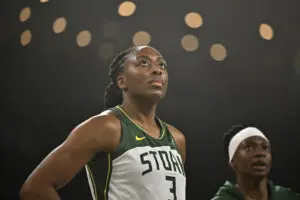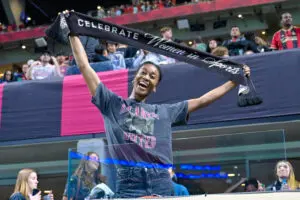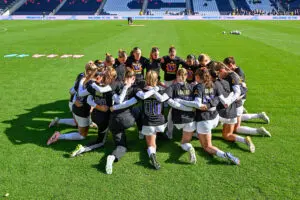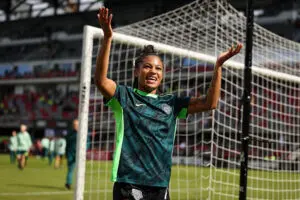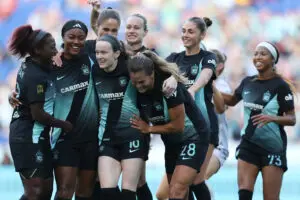Elise Cranny loved that cross country practice involved running to Dairy Queen. As a middle schooler, she’d grab an ice cream cone with her teammates and jog back to practice.
There was no pressure or high stakes. No worries about hitting times to impress university coaches.
“Running is pretty cool!” she thought to herself at the time.
One year later, Cranny entered her freshman year at Niwot High School, just outside of Boulder, Colo., having never experienced a state championship meet nor won a cross country or track race.
She was just passionate about being on a team.
Even though running looks like an individual sport, cross country uses the placing of a school’s top-five runners to create an overall team score. First place scores one point, second place two, and so on. The team’s combined scores are then added together, and the one with the lowest tally wins.
In the fall of 2010, Cranny had no individual expectations for her first major meet, the 4A Region 2 Cross Country Championships. She just wanted to be a part of a team — all dressed in their emerald green singlets with the letter “N” on the front — that qualified for state.
When the starting gun went off, the sound of nearly 100 runners thundering down a field echoed throughout the small town of Lyons, Colo.
Cranny settled into a comfortable rhythm. She clicked off the kilometers and moved further and further up the pack.
Until, suddenly, with the five-kilometer race coming to a close, she found herself in the lead. Sprinting down the grass field, nine seconds ahead of her next closest competitor, she crossed the line with a mixture of shock and awe.
Combined with her victory, her teammates finished seventh, ninth, 10th and 16th, giving Niwot the regional title and a spot at state.
The race was a whirlwind of emotions. It all came so fast. Success came so fast.
One year earlier, Cranny was spending cross country practice running to Dairy Queen. After the meet, she was a regional champion.
It was the first time Cranny experienced that intoxicating feeling of success.

Cranny loves to spend time with people.
It’s obvious early in our Zoom call, on a late May afternoon, that Cranny is a people person. Two months before the World Athletics Championships in Eugene, Ore., the Nike athlete is in Park City for a training camp with her Bowerman Track Club teammates.
“We live together in groups up here, so it’s fun to live with your teammates,” Cranny says
The team runs together, works out together and socializes together. Aside from getting fit for the upcoming outdoor season, the camp is a bonding experience for a team filled with professional runners from across the world.
“We do team meals, and then maybe we’ll watch a show, play a game — that’s a pretty standard altitude camp,” she says.
Since she graduated from Niwot in 2014, Cranny has developed into one of the most promising American middle distance runners in the country.
She won two cross country state individual titles, and gold in the 800m, 1,600m, and 3,200m track events as a junior and senior in high school. At Stanford University from 2014-18, she was a 12-time All-American, two-time academic All-American and two-time Pac-12 champion.
Last summer, Cranny won the U.S. Olympic trials in the 5,000m and finished 13th in that event at the Olympics in Tokyo.
With half a lap to go in the trials, under record-breaking heat in Oregon, Cranny trailed her Bowerman teammate, Karissa Schweizer, by just a few steps for the lead. Rounding the final corner, Cranny moved up so she was in lockstep with her teammate.
Her arms pumped back and forth like pistons. Her face twisted in pain.
After crossing the line first, Cranny immediately turned back for Schweizer and grabbed her in a hug — realizing that they would both be going to the Olympics. The feeling wasn’t too different from when she won her first regional meet in Colorado all those years ago, and the team was moving on to state.
“After the trials, again, I don’t know, it was kind of just like I was awed and very excited about a dream from a very young age coming true. It was very surreal,” she says.
Her momentum didn’t slow down after the Olympics.
Cranny started the 2022 track season at a blistering pace. She set an American record by running 14:33 in an indoor 5k in February, and one month later, she ran the second-fastest American 10k of all time. This past weekend at the USA Outdoor Championships in Eugene, Ore., where Cranny opted out of the 10,000m trials, she ran a 4:25 final mile to hold off teammate Karissa Schweizer and win her second straight U.S. title in the 5,000m with a time of 15:49.15. She’ll try to back that up with another first-place finish at the World Championships beginning July 15, also in Eugene.
Cranny, 26, credits the breakthroughs to getting a taste of being on the sport’s biggest stage, and the solidification of becoming one of the best runners in the world.
“Tokyo was a very eye-opening experience,” Cranny says. “After racing in the final and seeing what it was taking to medal and be top 10, it reignited a whole new passion for me in the sport of like, ‘OK, this is what it takes to be at this level.’”
Early in Cranny’s life, she overlooked the process that gave her so much success.
When success came, she took herself too seriously. She failed to treasure the small moments — such as collecting Silly Bandz with teammates on the bus to meets — in her young track and field career that she now looks back on fondly.
“In high school, I was just super rigid, and I thought you had to do everything super seriously,” she says. “It’s very type A, and I think there’s this balance between being serious, working really hard and having fun with it.”
At the beginning of her freshman year at Stanford, Cranny got stuck in an injury cycle for about two and a half years. She suffered four different bone injuries, and amid that cycle, wondered whether she would be able to continue running.
“Every time you feel like you’re getting back to where you were, that’s when the next [injury] would come,” Cranny says.
“I still wanted to run professionally, but some of that time in the middle was testing, like, ‘OK, can my body handle this?’”
Focusing on the love of the sport, specifically stringing together workouts and socializing with teammates outside of practice, helped Cranny get into a healthy mental state.
“When I had some upperclassmen that were helping me, it’s like, wow. It makes you feel so connected to them,” Cranny says.
In the past couple of years, Cranny has been open about her own struggle with mental health and Relative Energy Deficiency in Sport (RED-S), a condition where athletes don’t get enough calories to support the demand of their sport. RED-S can lead to bone injuries, low energy availability and amenorrhea.
She has also partnered with Voice in Sport, an online platform that connects girls and women in sport, to become a mentor for the next generation of athletes.
“I want to be able to hopefully help the people that are coming in learn lessons quicker,” she says.
As she’s gotten older, Cranny has become more observant. She’s gone through a lot for a 26-year-old: a cycle of expectations, success and injuries. It’s hard as a pro athlete, when your life is on display and your job is to run world-class times, to find consistency.
But now, more than ever, Cranny has achieved balance. Rather than putting too much pressure on herself ahead of a race, she’s patient and introspective — eager to learn about other people and lend a helping hand.
It may seem counterintuitive to tell someone — whose job is to run fast — to slow down. But since the Olympics, Cranny has strengthened that aspect of her life with the help of a sports psychologist.
“Something that he says is, ‘Take what you do seriously, but don’t take yourself too seriously,’” she explains.
She got a taste of being on the international stage last summer at Tokyo and is hungry to improve on her world ranking. Her long-term goals include winning a World Championship or an Olympic medal.
“That’s where I want to be, competing for those podium spots at global championships,” she says.
Right before we log off of our Zoom call, we exchange pleasantries, and she remembers that I mentioned that I’m in Alabama for a national track and field meet.
“Good luck this … er, not this weekend…Wednesday, you said?,” she says, catching herself and thinking back to the beginning of our conversation.
The specificity epitomizes who Cranny is.
She’s a regular person, who happens to be faster than most people in the world, and she wants to get it right. She listens and remembers the smallest details — like a date — that others may easily forget. Yes, she has her own practices and races to think about, but Cranny is genuinely interested in the lives of other people.
Josh Kozelj is a contributing writer at Just Women’s Sports based in Vancouver, B.C. He has written for The New York Times, Globe, Mail, CBC and various other outlets. Follow him on Twitter @joshkozelj27.
